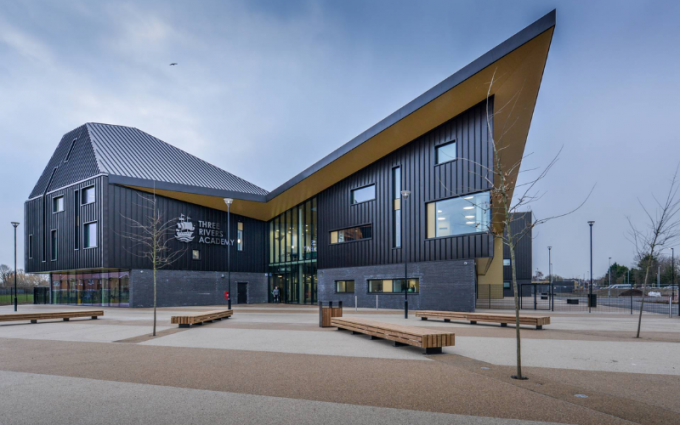This year I had the opportunity to work with a six-year-old child who had been in fight or flight mode almost daily since nursery. I was working at a school that offers alternative provision for children that have been excluded from mainstream education. It offers one-to-one and small group sessions to help children and young people feel safe and then to move on to a new setting for a fresh start. Understanding Thrive’s model of development, it was clear to me that we needed to work on a one-to-one basis due to his gaps in his early development (Being needs).
This boy’s separation anxiety and fear of educational settings resulted in extreme discharge behaviours occurring daily. Facing this kind of emotional dysregulation consistently with Dan Hughes’ PACE approach (Playfulness, Acceptance, Curiosity and Empathy) and VRFs (Vital Relational Functions) seemed to bear fruit after about three weeks. It was hard at times, and sometimes I would think ‘I am not helping this child, I am not right for him.’ However, witnessing his careful changes and celebrating any little sign (and sometimes they were very small) of improvement in his experience of safety was such a powerful and encouraging experience for me. Every single day, in the two hours we had together, I kept repeating to myself ‘he needs to feel and be safe, he needs to feel special, and whatever his needs are, they are going to be met, no matter what.’
Having had this as my daily mantra made me slow down, really attune to his heart and interests and experience the world as he did. Through regular co-regulation, he was able to move forward, increase his attention span, and engage in adult-initiated activities. This was a child who would do anything to protect his own personal space including running off with no awareness of road safety. By learning that there was no judgement and no punishment, but, instead, validation of his feelings and experiences, he began to feel safe enough to allow input from other sources, not just from the safety of his own mind. After working with him on a daily basis for four months, he was able to walk into school like any other child. He communicated with adults in the school, other than me, and he was able to show his true self – keen to find solutions, full of empathy, with a bright spark in his eyes, a loyal and caring friend, curious and courageous. My colleagues were astonished by the change. The headteacher, clearly surprised, asked ‘What have you done? Is this Thrive?’ I nodded.
Thank you Thrive for giving me these skills which enabled me to help this little boy.

Pass it on
Small actions can lead to a big ripple effect. If you enjoyed this post or found it helpful, please consider supporting us in our mission to help every child and young person feel safe, supported and ready to learn by sharing it using the social media buttons below.
Want to join a like-minded community of senior leaders and classroom staff benefitting from insights and strategies to improve attendance, behaviour and attainment? Add your email address below. (It’s easy to unsubscribe).

_680.jpg)
_680.png)
_680.jpg)

